Rising Geriatric Population
The Prothrombin Complex Concentrate Market PCC Market is significantly impacted by the increasing geriatric population, which is more susceptible to bleeding disorders and requires effective hemostatic agents. As the global population ages, the incidence of conditions such as atrial fibrillation and other coagulopathies rises, leading to a higher demand for PCCs. Data indicates that by 2030, the number of individuals aged 60 and above is projected to reach 1.4 billion, creating a substantial market for PCC products. This demographic shift is likely to drive healthcare systems to prioritize the availability of PCCs, thereby enhancing the Prothrombin Complex Concentrate Market PCC Market. The need for effective treatment options for this vulnerable population is expected to be a key driver of market growth.
Regulatory Approvals and Guidelines
The Prothrombin Complex Concentrate Market PCC Market is positively influenced by the evolving regulatory landscape. Recent approvals from health authorities for new PCC formulations have enhanced market accessibility. For instance, the introduction of guidelines advocating the use of PCCs in emergency settings has led to increased adoption among healthcare professionals. Regulatory bodies are recognizing the efficacy of PCCs in reversing anticoagulation, which is crucial for patients undergoing surgery or experiencing trauma. This trend is likely to encourage manufacturers to innovate and expand their product lines, further stimulating the Prothrombin Complex Concentrate Market PCC Market. As a result, the market is expected to witness a surge in demand driven by both clinical guidelines and regulatory support.
Advancements in Manufacturing Technologies
The Prothrombin Complex Concentrate Market PCC Market is benefiting from advancements in manufacturing technologies that enhance product quality and efficacy. Innovations such as improved purification processes and the development of recombinant PCCs are likely to increase the safety profile of these products. Enhanced manufacturing techniques not only reduce the risk of contamination but also improve the overall yield of active ingredients. As a result, healthcare providers are more inclined to adopt these advanced PCCs, which could lead to a notable increase in market share. Furthermore, these technological advancements may also lower production costs, making PCCs more accessible to a broader patient population, thus propelling the Prothrombin Complex Concentrate Market PCC Market forward.
Increasing Incidence of Bleeding Disorders
The Prothrombin Complex Concentrate Market PCC Market is experiencing growth due to the rising incidence of bleeding disorders such as hemophilia and vitamin K deficiency. These conditions necessitate effective hemostatic agents, leading to increased demand for PCC products. According to recent data, the prevalence of hemophilia is estimated to be around 1 in 5,000 male births, which translates to a significant patient population requiring treatment. As awareness of these disorders grows, healthcare providers are more likely to utilize PCCs as a first-line treatment option, thereby driving market expansion. Furthermore, the increasing number of patients diagnosed with these conditions is expected to bolster the Prothrombin Complex Concentrate Market PCC Market, as more individuals seek effective management solutions.
Growing Investment in Healthcare Infrastructure
The Prothrombin Complex Concentrate Market PCC Market is poised for growth due to increasing investments in healthcare infrastructure across various regions. Governments and private entities are recognizing the importance of enhancing healthcare facilities, particularly in emergency care settings where PCCs are critical. This investment trend is likely to improve the availability of PCCs in hospitals and clinics, facilitating timely treatment for patients with bleeding disorders. Additionally, the establishment of specialized treatment centers is expected to further drive demand for PCCs. As healthcare systems evolve and expand, the Prothrombin Complex Concentrate Market PCC Market is anticipated to benefit from improved access and increased utilization of these essential hemostatic agents.


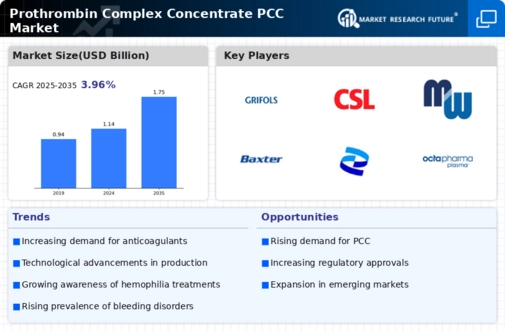
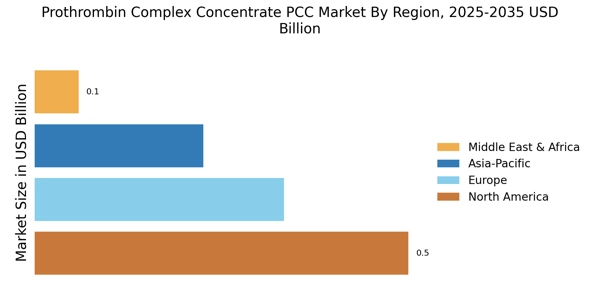
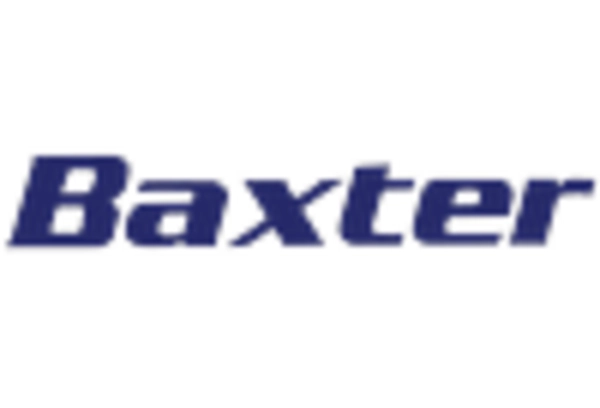

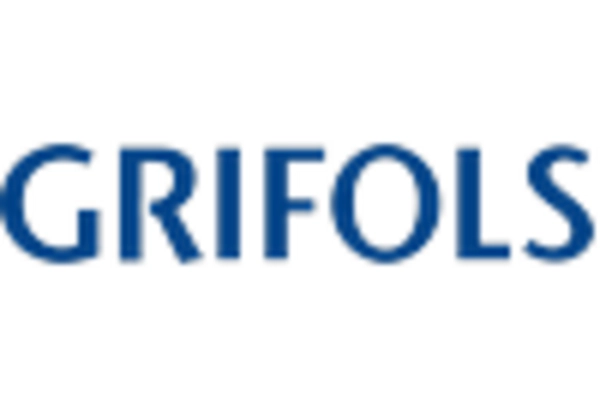
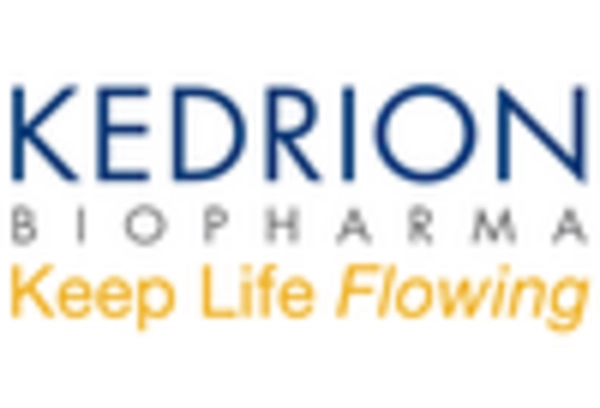
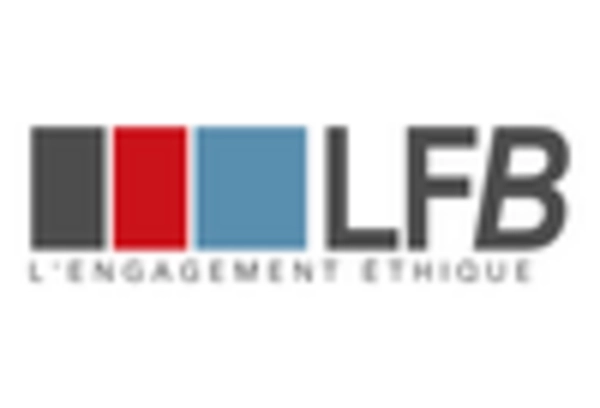
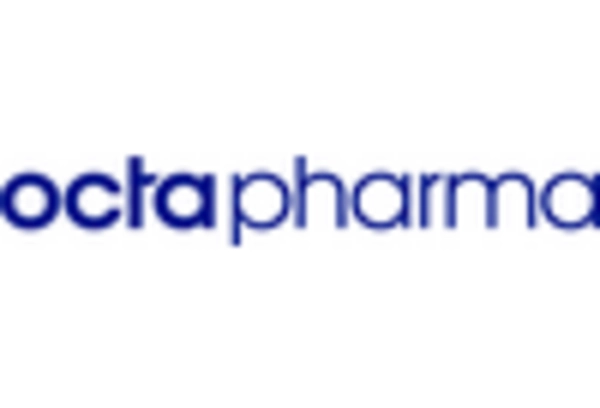








Leave a Comment